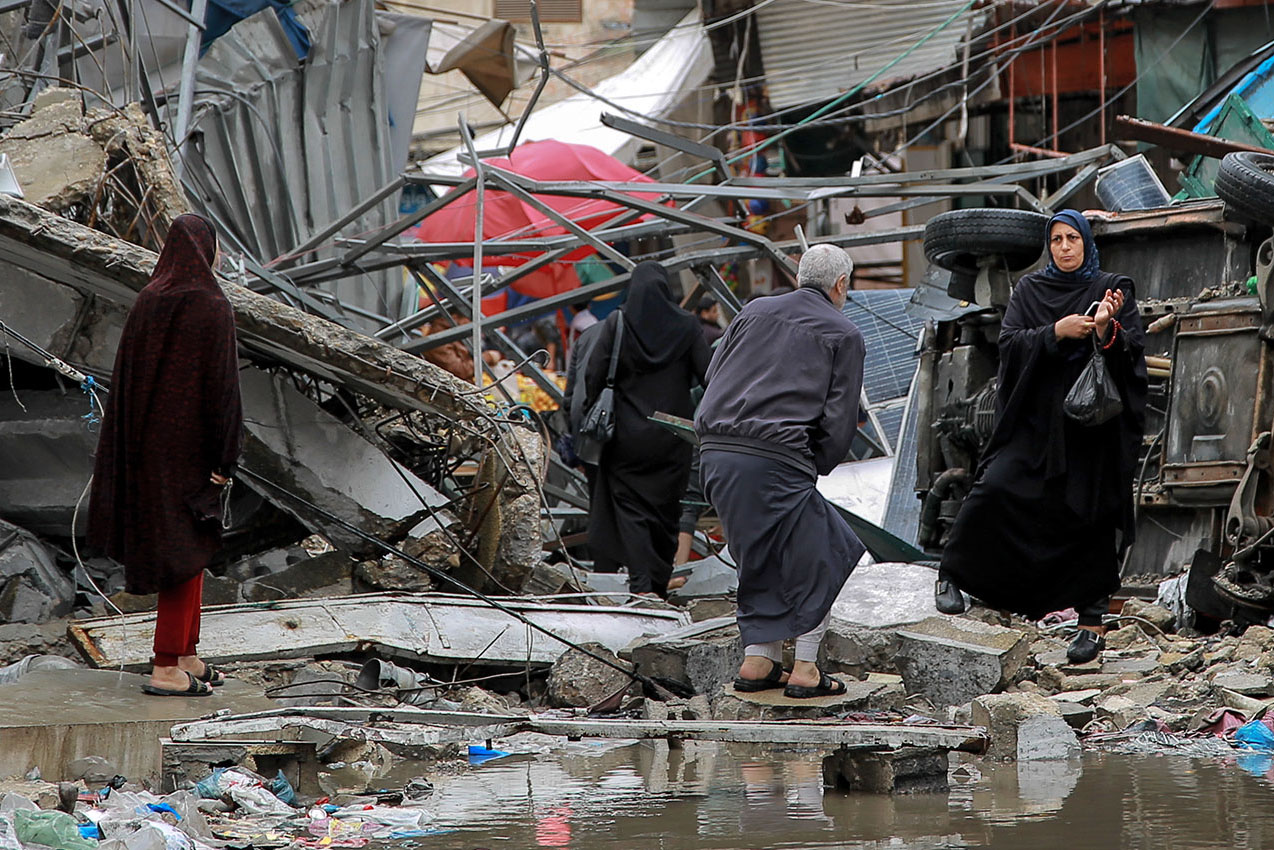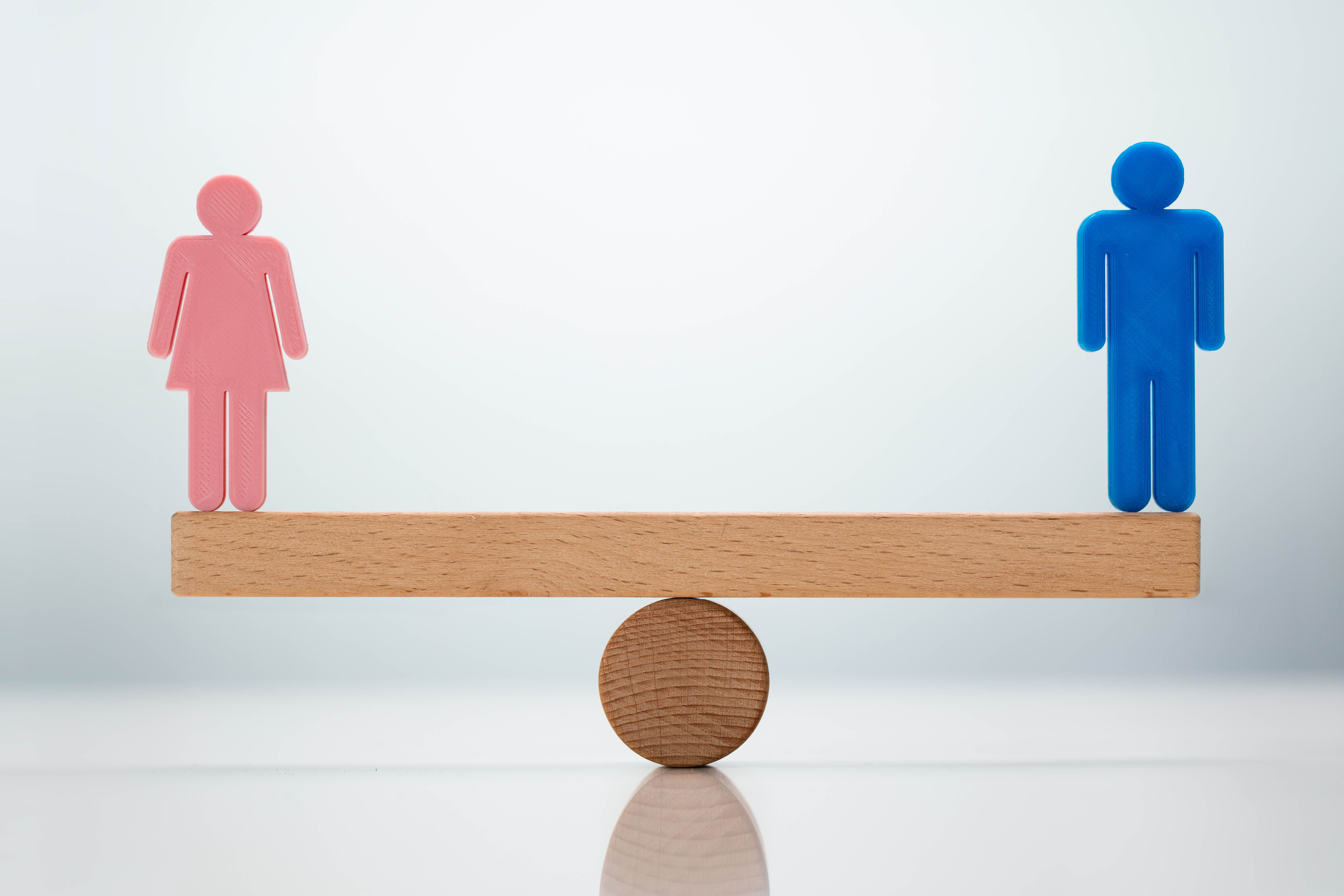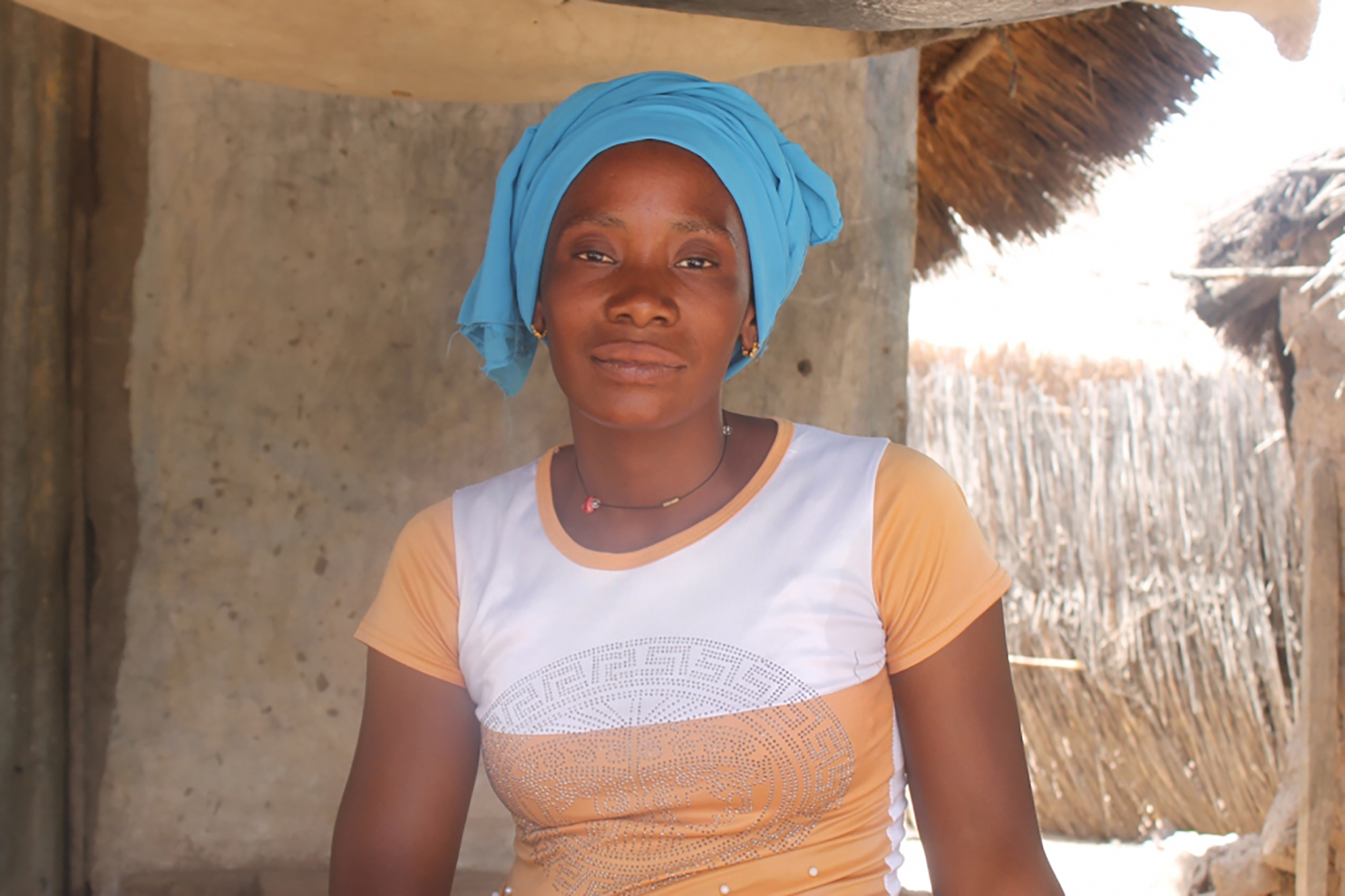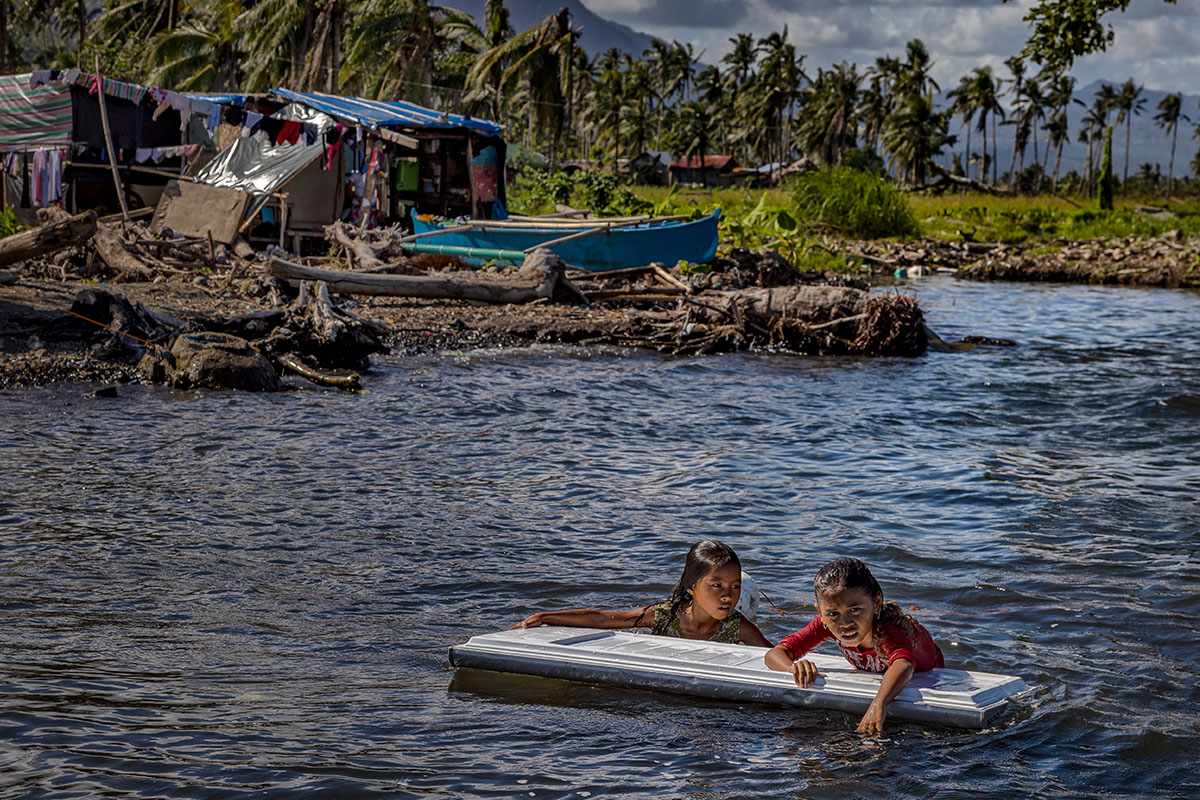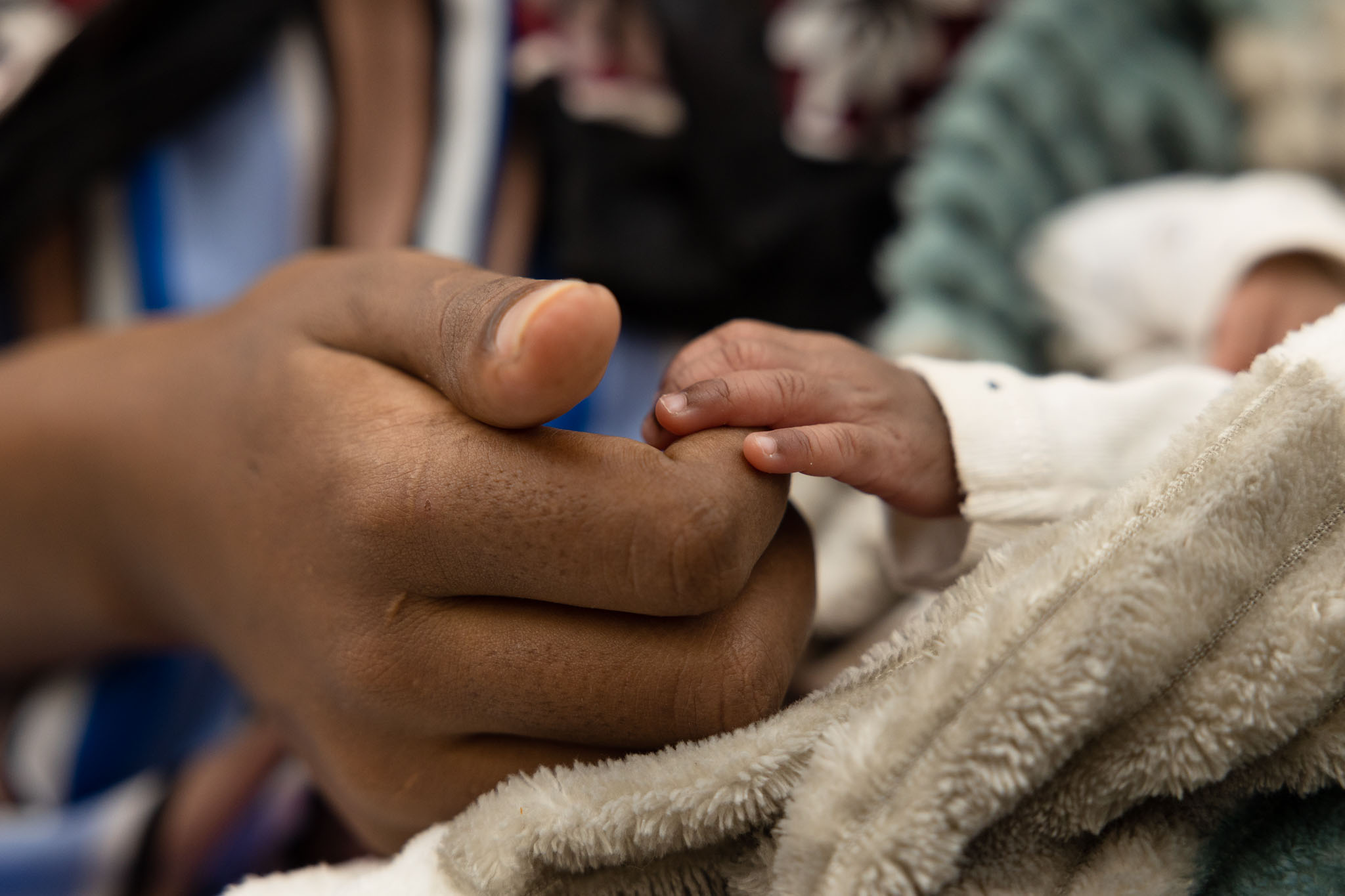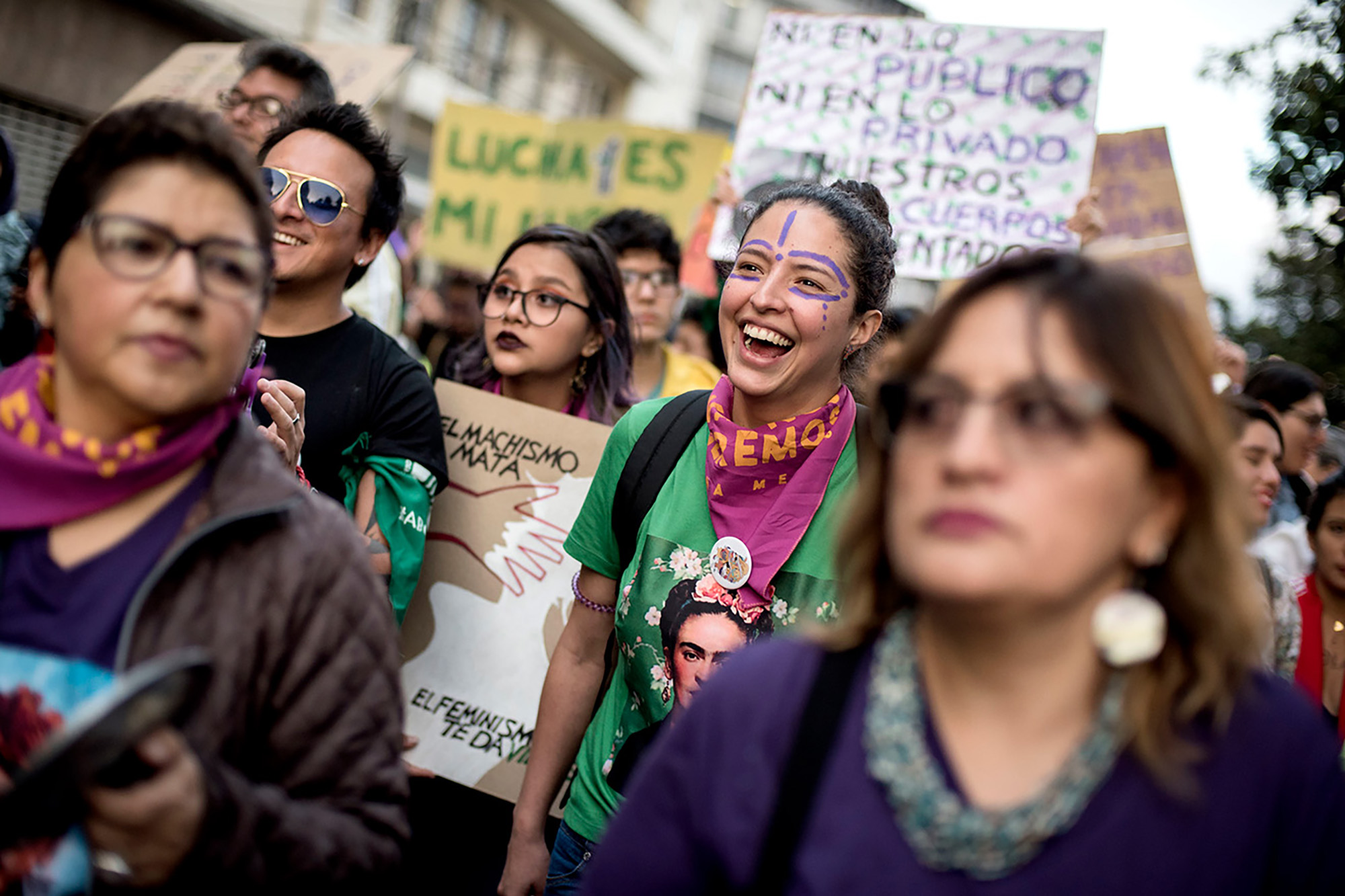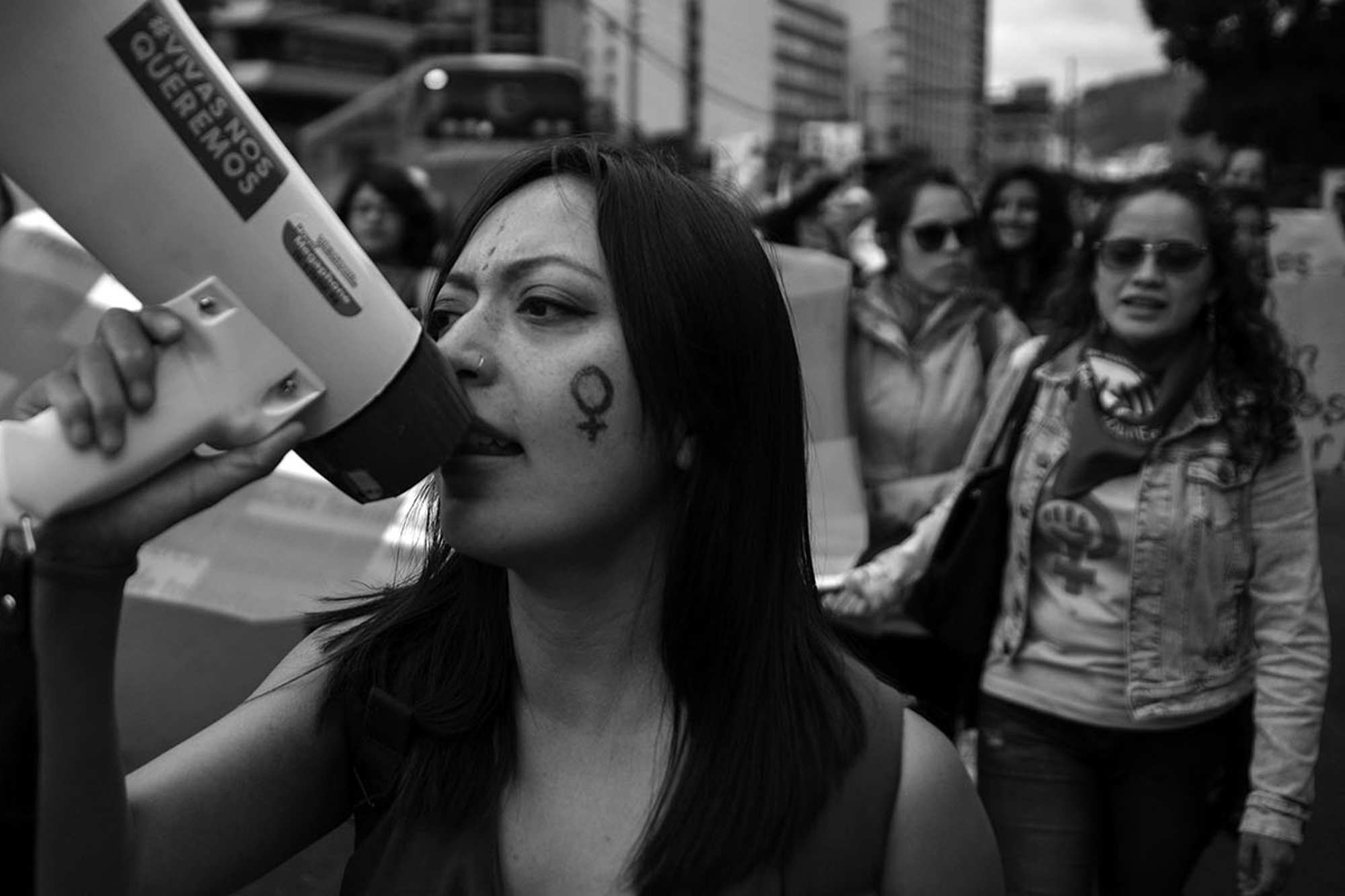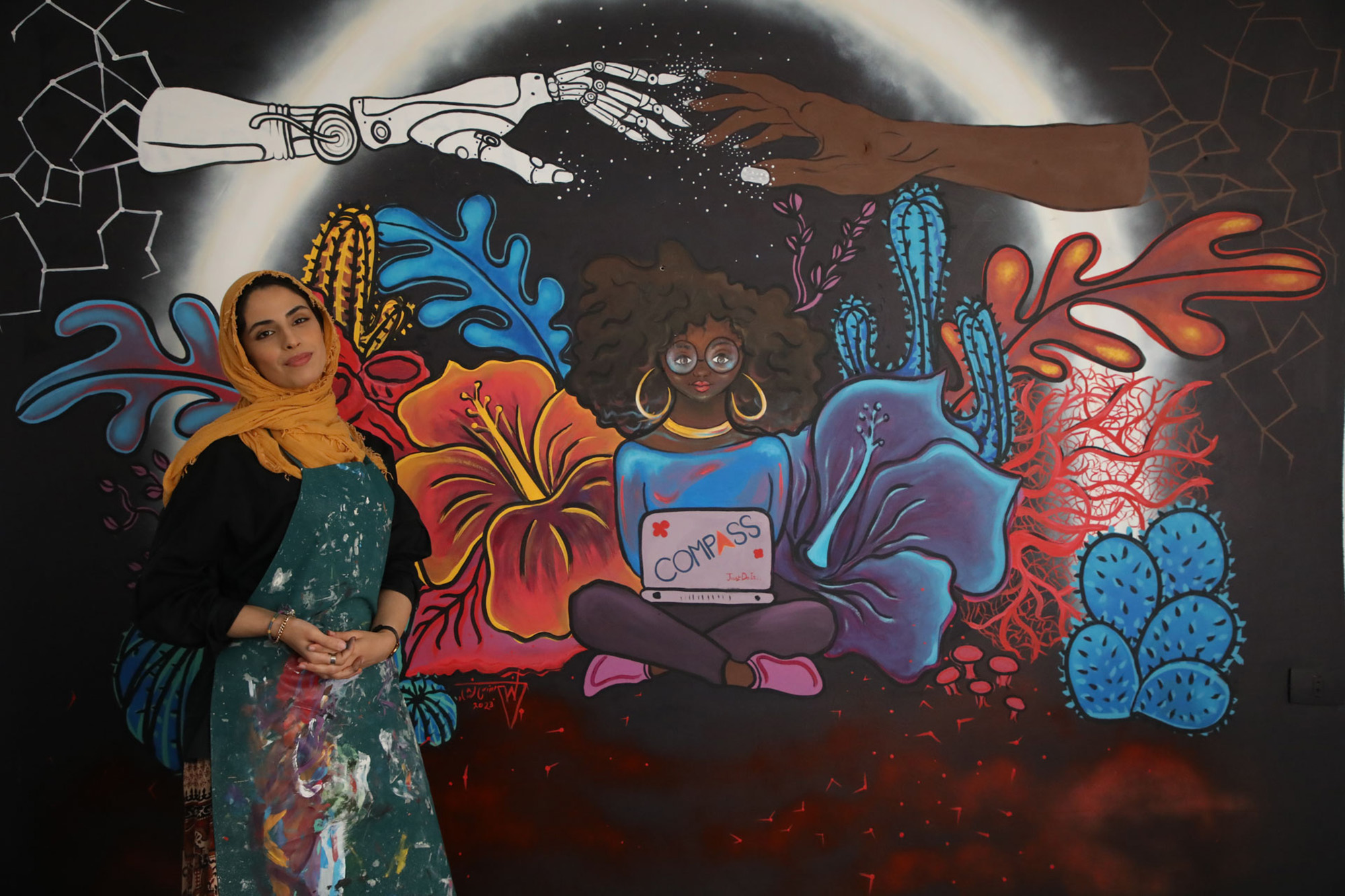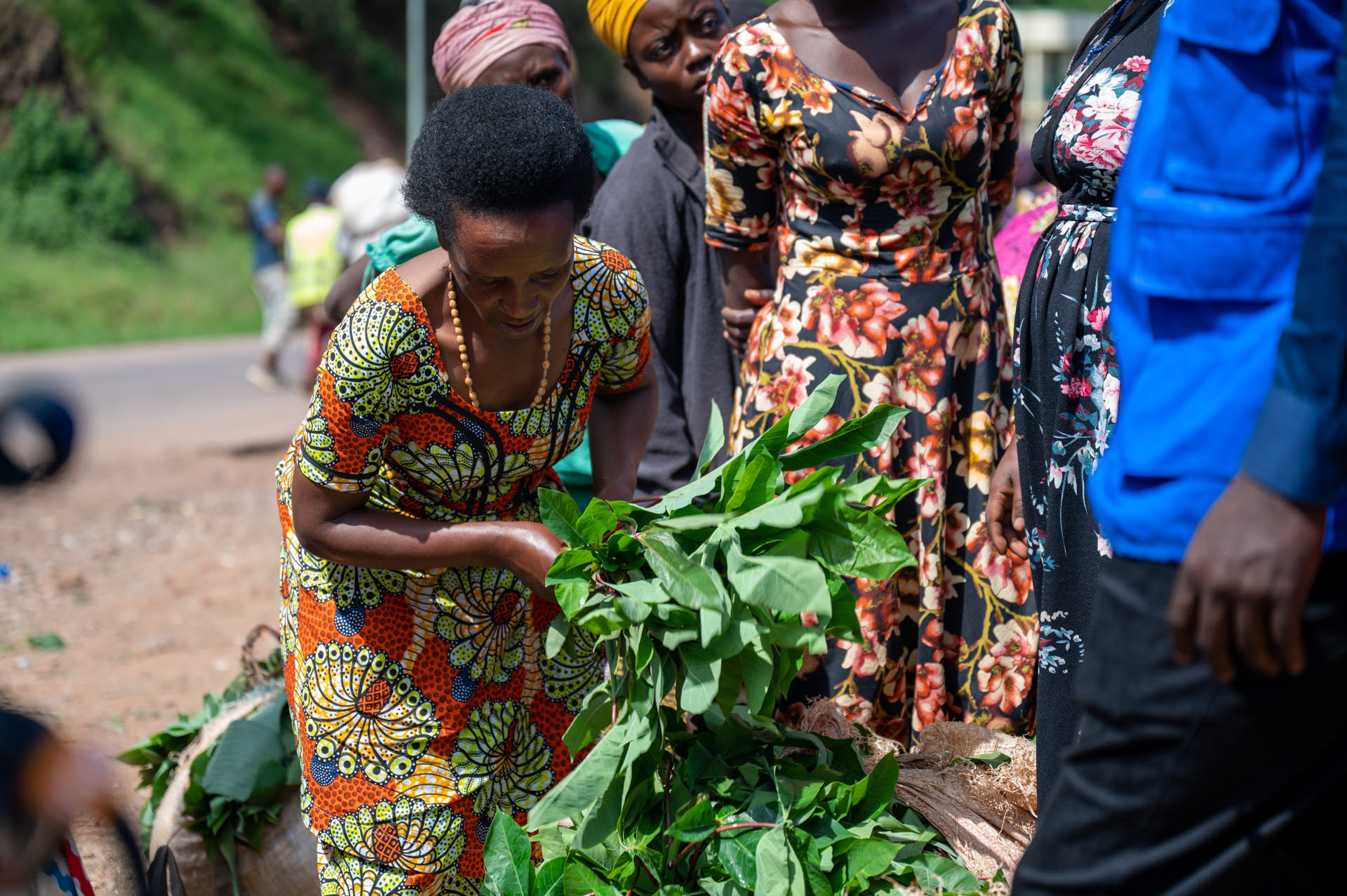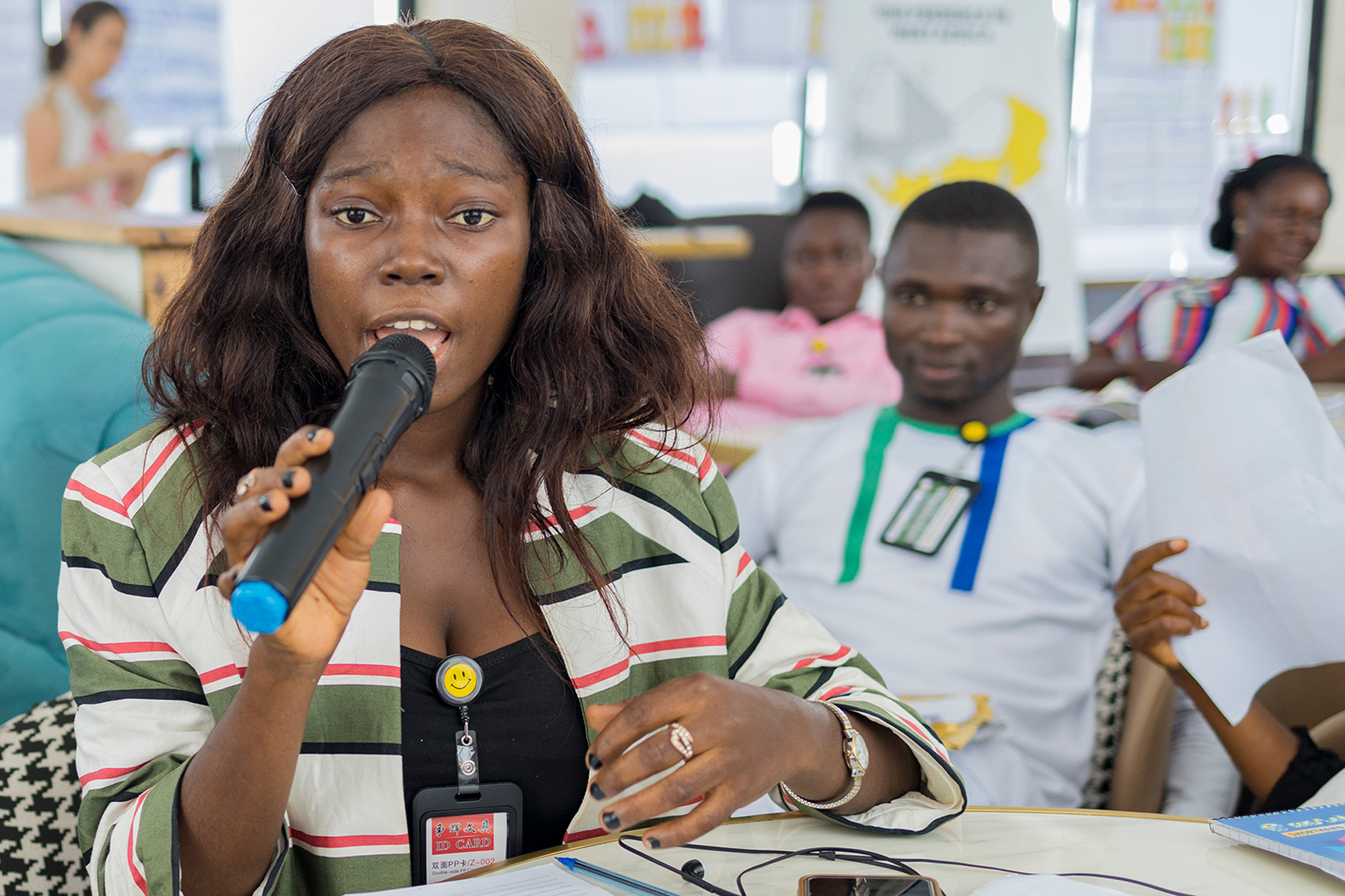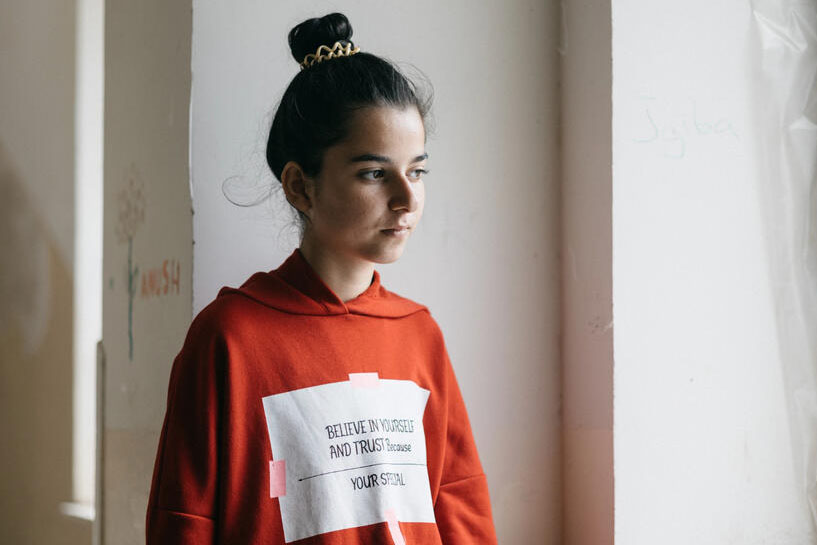Approximately half of the world's 281 million international migrants are women and girls, but this demographic faces significant hazards during migration, including the risk of exploitation in domestic employment and increased vulnerability to violence.
Women and Gender Equality
The people of Gaza are in the midst of an epic humanitarian catastrophe. UNWOMEN offers a snapshot of how women and girls in Gaza have endured attacks and displacement.
What would the world look like if it was designed by and for women? Equity 2030 seeks to redesign the world with women in mind.
Women in Niger experience gender-based violence in various forms including physical and sexual abuse, social norms that limit their participation in decision-making and community activities and being forced to marry at an early age. Child marriage violates human rights and hinders development efforts. It limits girls' education and leads to health issues. It also breeds reliance on men and limits opportunities for young women to make their living. The Food and Agriculture Organization of the United Nations (FAO) has implemented several projects in rural Senegal to raise awareness among all community members about the dangers of this practice, for girl children and the community at large. FAO works with communities to set up discussion and action groups called Dimitra Clubs.
During extreme weather events, women face heightened vulnerabilities among them, increased gender-based violence. As we mark COP28, here are 5 things women and girls are demanding.
IOM offers humanitarian assistance and protection services to a young migrant mother, who undertook a perilous journey to Yemen in search of better livelihood opportunities.
Writer, lecturer, political activist, and feminist organizer Gloria Steinem denounces violence against women in a speech at UN Headquarters. Utilizing material from the UN Audiovisual Library, this production showcases a major force in the feminist movement taking her message to the global stage.
Worldwide, nearly one in three women has experienced physical and/or sexual violence at least once in her life. Yet only 5% of government aid goes to addressing gender-based violence, and less than 0.2% to its prevention. We need more investment in women's organizations, legislation, justice and services for survivors. This International Day for the Elimination of Violence against Women (November 25) marks the start of our 16-day activism campaign, UNiTE! Invest to Prevent Violence Against Women and Girls to demand action. Spread the message: No excuse!
On 25 November, the International Day for the Elimination of Violence against Women, UN Women launches an annual UN-wide campaign. During the following 16 Days of Activism against Gender-Based Violence, the UN entity dedicated to gender equality asks governments, institutions and citizens to show how much the world cares about ending violence against women and girls under the theme "UNITE! Invest to Prevent Violence against Women and Girls. Some 736 million women have experienced physical and/or sexual violence by a partner, sexual violence by a non-partner, or both, at least once in their lives. No country is within reach of eliminating intimate partner violence.
With 140 million women and girls on the move, accounting for half of the world's migrants, the International Organization for Migration recognizes that gender inequalities manifest differently depending on where women find themselves in the world. A new competition called “Women on the Wall,” saw nine artists from seven different countries paying tribute to a remarkable migrant woman, known and celebrated for her achievements in technology and innovation, through visual art in a public space.
To mitigate the risk of gender-based violence while trading, Rwandese women have found welcome relief from the construction of a one-stop border post initiative by IOM and partners.
Deploying to the frontlines for peace
Lt. Esinam Baah takes us through her trials and triumps as a woman peacekeeper with United Nations in Lebanon. She is one of 173 women deploying to UNIFIL as part of Ghana's military contingent.
Fatmata Binta Jalloh is a gender and youth expert working with Sierra Leone's Ministry of Agriculture and Food Security. She helps rural women by providing them with access to technical training, inputs, and other opportunities to help them maximize their agricultural activities. Fatmata, along with Foday Kamara, the director of a local NGO that supports youth and women's empowerment, took part in a project implemented jointly by the FAO and the NGO Solidaridad. The programme aimed to equip both women and men with the knowledge and skills necessary to succeed in the agricultural sector, while also strengthening the position of rural women and enabling them to participate in decision-making processes.
Mariam is among the more than 100,000 people, who have fled into Armenia following the escalation of hostilities between Armenia and Azerbaijan. About one third of the refugees are reportedly under 18, and approximately half are women and girls, who face a heightened risk of gender-based violence.
In a time when girls' and women's rights are under threat, girls face severe impacts. Urgent attention and resources are needed in areas such as maternal healthcare, adolescent parenting support, digital skills, comprehensive sexuality education, and violence prevention. Responding to girls’ calls for change, the global community must move beyond reaffirming commitments and invest boldly in the action needed to make that change. On this International Day of the Girl Child (11 October), let us amplify girls’ voices, and recommit to working together to build a world where every girl can thrive.

